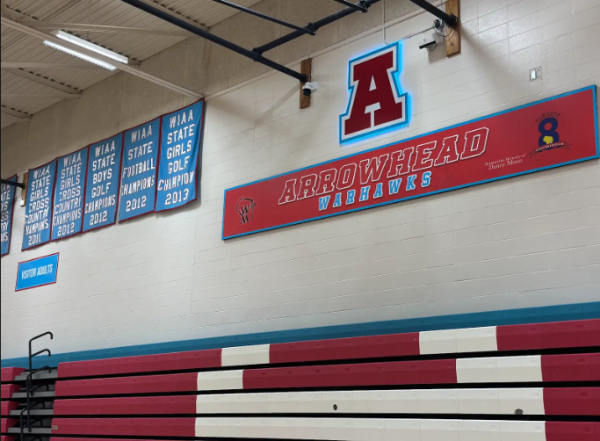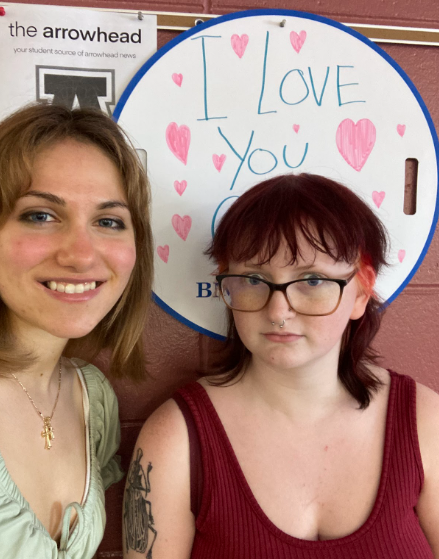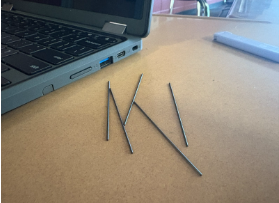Rubik’s Cube 40th Anniversary
On Monday, May 19, the 40th anniversary of the Rubik’s Cube went down. Google, a search engine, posted the Rubik’s Cube on their front page. Viewers were able to click on the cube, which gave them the opportunity to solve the cube online.
Senior Nick Sorrenson said, “I was in the library during study hall working on a research paper. When I went to Google to begin my searching, I found the cube on their page. I ended up spending 30 minutes messing with it and not researching at all. I didn’t solve it either.”
The Rubik’s Cube was first invented by Ernő Rubik in 1974. The cube was originally named the Magic Cube. Rubik sold the cube to the Ideal Toy Corporation, a German business. The Magic Cube won the German Game of the Year in 1980 for best puzzle.
Arrowhead senior Myra Garlid said, “I wish I could solve the Rubik’s Cube. I think it’s so cool when people solve them. I’m just like, How.”
The Rubik’s Cube became a mainstream puzzle in 1980. Since then other forms of the cube have been produced. Other forms of the cube include speed cubes, wooden cubes, and metal cubes. A speed cube has anchors inside of the mini cubes, which keeps it from falling apart while being able to solve fast. A wood cube is made from wood, it’s not meant for solving fast, as is the metal cube. Worldwide competitions have also been held.
Arrowhead senior Jake Selzer said, “The cube is a mystery I will never solve.”
The Rubik’s Cube is a mind boggling puzzle. There are countless algorithms such as, The Basic Seven, Memorable Solve, and others. The Basic Seven is a seven step algorithm for solving the cube. It’s a very basic algorithm that most new cube solvers learn first. The Memorable Solve is an algorithm where a person can solve the cube behind their back.
The Rubik’s Cube has six different colored sides that rotate horizontally and vertically. Each face is separated into nine pieces that are one solid color. All 54 pieces are scrambled and the cube is solved once the pieces return to its original position with 6 solid colored faces.
Senior Elliot Sweet said, “I solve the cube by solving for the white side. Then I do two layers of the same color. I think get a yellow cross, while making sure to not scramble up the solved white side. Then I line up the edges and then the colors, then I solve. That’s how I solve the Rubik’s Cube.”
The current world record for the fastest Rubik’s Cube solve is 5.55 seconds. This happened at the Zonhoven Open 2013 by Mats Valk.




